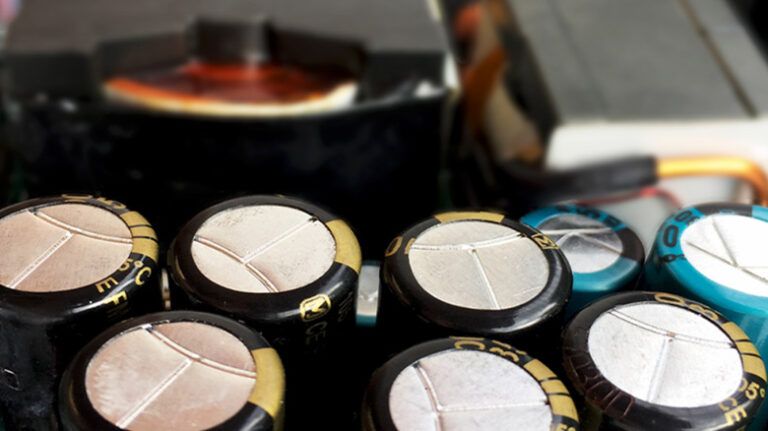Does Capacitance Tolerance Matter? Significance And Impact
Capacitance tolerance is indeed important in most electronic circuits and applications. While it may seem harmless to ignore this specification, it can significantly impact circuit performance and functionality in precision circuits and applications.
In this informative article, we will delve into an in-depth analysis of capacitance tolerance, how to measure it, and how it impacts overall circuit behavior.
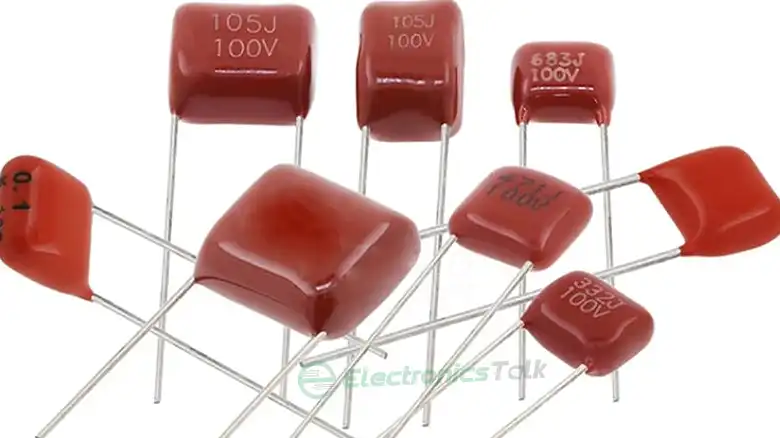
Understanding Capacitance Tolerance
Capacitance tolerance is typically specified as a percentage of the nominal capacitance value. It represents the acceptable range within which the actual capacitance of a capacitor can deviate from the specified value. The equation to calculate the tolerance range is as follows:
Tolerance Range (ΔC) = Tolerance (%) × Nominal Capacitance (Cnominal)
Here, Tolerance (%) is the specified percentage of capacitance tolerance.
Nominal Capacitance (Cnominal) is the specified or desired capacitance value.
For example, if you have a capacitor with a nominal capacitance of 100 µF and a tolerance of ±10%, the tolerance range would be:
Tolerance Range (ΔC) = 10% × 100 µF = 0.1 × 100 µF = 10 µF
This means that the actual capacitance of the capacitor could vary between 90 µF and 110 µF due to the specified tolerance.
What Is the Capacitor Tolerance Code?
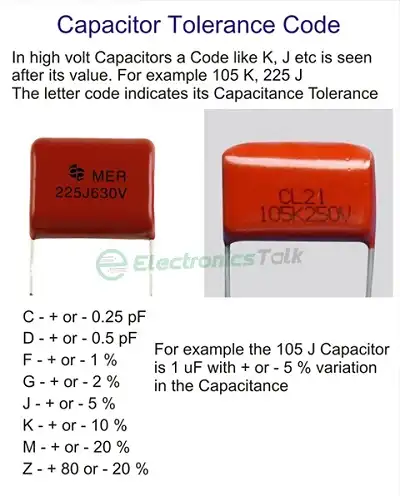
Figure: Capacitor Tolerance Code
Right next to the 3-digit capacitor code, you can usually find a letter describing the tolerance range within which the actual value of the capacitance is. We can use both absolute values and percentage ranges. We gathered the most commonly used tolerance codes in the following table:
| Letter | Tolerance |
| B | ±0.1 pF |
| C | ±0.25 pF |
| D | ±0.5 pF |
| F | ±1% |
| G | ±2% |
| J | ±5% |
| K | ±10% |
| M | ±20% |
| Z | +80%, -20% |
Capacitor Tolerance and Circuit Behavior
Capacitors are often used in numerous types of circuits, such as timing circuits, filters, and signal coupling applications. In these circuits, their capacitance value directly impacts circuit behavior.
Also, capacitor values are crucial for circuits with a desired threshold voltage, in which the circuit may turn on or off. In these cases, a slight deviation from the desired value may ruin the entire operation. So, the capacitance tolerance of a capacitor directly impacts the accuracy and stability of these circuits.
Filter Circuits and Capacitance Tolerance
In filter circuits, capacitors are used to shape the frequency response. The cutoff frequency of a filter is determined by the RC time constant, where R is the resistance and C is the capacitance.
A capacitor’s tolerance can impact the accuracy of the cutoff frequency, potentially leading to unintended filtering effects. Engineers designing filter circuits must carefully consider capacitance tolerance to achieve the desired performance.
Impact on Timing Circuits
If we consider an RC timing circuit, which consists of a resistor R and a capacitor C, the time constant τ = RC determines the time it takes for the capacitor to charge or discharge to approximately 63.2% of the applied voltage.
Mathematically, τ = RC. If the actual capacitance is greater (or smaller) than the nominal value due to tolerance, the time constant will also vary, leading to deviations in timing behavior.
Frequently Asked Questions and Answers
Are there any applications where capacitance tolerance does not matter?
There are several applications where the tolerance of capacitance does not matter, such as power supply decoupling and AC coupling caps.
How does capacitance tolerance affect circuit behavior?
Capacitance tolerance can significantly affect precision circuit behavior. For instance, in timing circuits like oscillators, small variations in capacitance due to tolerance can lead to noticeable frequency shifts, impacting timing accuracy.
Does the tolerance of an AC capacitor matter?
Yes, the tolerance of AC capacitors does matter. AC devices such as motors are designed to perform best under a set of specific parameters for optimum performance. If capacitance tolerance deviates too much, the devices will not provide the same performance that they were designed for.
To Conclude
Even though there are quite a few applications where capacitance tolerance doesn’t really matter, capacitor values with large deviations may lead to critical issues or even failure of the entire circuit. So, the impact of capacitance tolerance greatly depends upon the application and the margin of error a circuit can handle.

![Will Capacitor Drain My Battery [Unraveling the Facts]](https://www.electronicstalk.org/wp-content/uploads/2023/07/Will-Capacitor-Drain-My-Battery-768x431.webp)
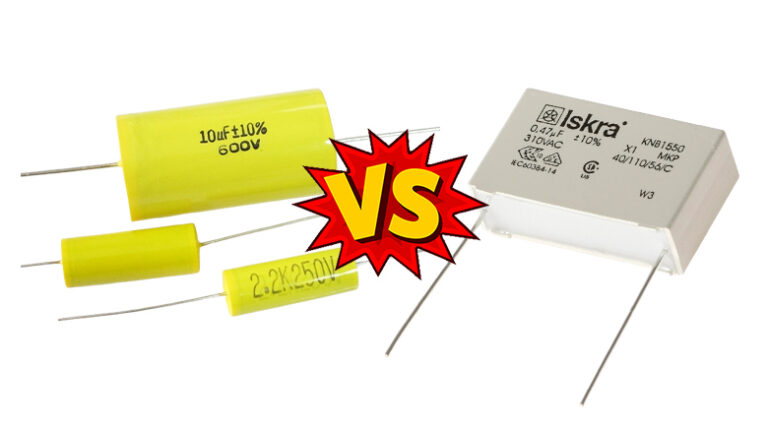
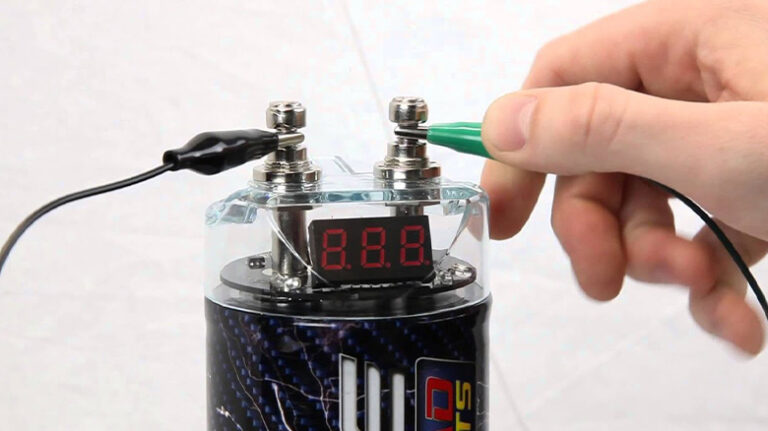
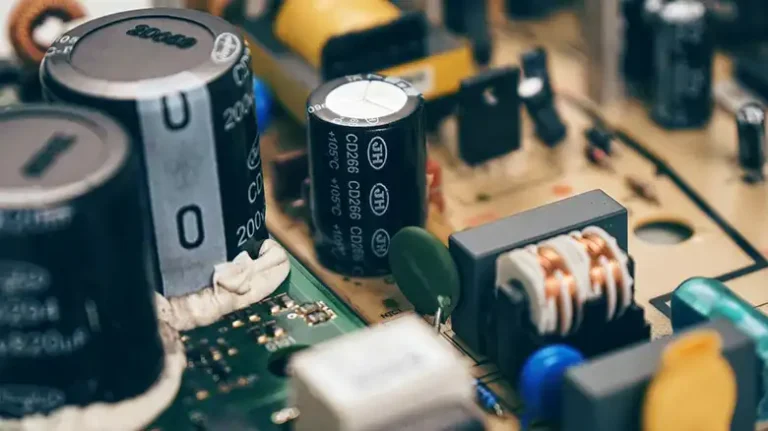
![Can I Use 25V Capacitor Instead of 35V? [Technically Explained]](https://www.electronicstalk.org/wp-content/uploads/2023/07/Can-I-Use-a-25V-Capacitor-Instead-of-35V-768x431.webp)
